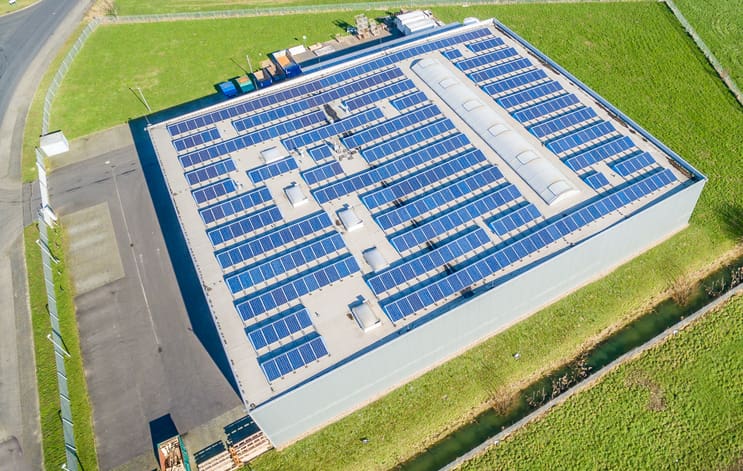The British Property Federation has called on the government to treat logistics property as critical national infrastructure to drive economic growth and renewable energy generation across the UK
In its new logistics manifesto, ‘Building the UK’s Critical Infrastructure,’ BPF has set out the economic contribution made by the logistics sector, including £232bn per year and 2.7m direct jobs.
The manifesto calls on the government to change the planning system to support logistics development and upgrades to the national grid.
Published by the BPF’s Industrial Committee and Logistics Property Board, the manifesto involves senior executives from companies across the supply chain, such as SEGRO, Amazon, DHL, Newlands, Prologis, Wincanton, and Savills.
The document is the second of five sector-specific publications the BPF is releasing before the election.
The UK has an undersupply of logistics space
Since 2010, £170bn has been invested to deliver logistics infrastructure.
Despite this, the UK continues to face a long-term undersupply of modern, well-located warehouse space.
According to Savills, availability is consistently below the 8% ‘equilibrium’ level meaning businesses may not be able to access the space they need.
Benjamin Taylor, planning director at Newlands and BPF logistics property board member, said: “There has been a shortage of logistics space for at least a decade.
“The combination of rapid growth in the digital economy, limited land availability, and an outdated planning system have created a distorted market in which businesses cannot always access the space they need in the right locations.”
Increasing further investment into logistics property
To unlock investment, the BPF has called the government to:
- Form a new cross-departmental Freight Planning Forum to elevate logistics’ status within Whitehall. This will ensure that the need for warehousing is aligned with infrastructure delivery and upgrade
- Introduce a strategic planning approach where decisions are made at the appropriate national or regional level
- Create more flexibility within the Local Plan systems, so real-time market data can be used to forecast future demand and determine how land is allocated.
Existing buildings could be used to generate 15GW of solar power
By using the roof space of the UK’s existing 3.6bn sq ft of industrial and logistics buildings, 25% of the UK’s total power requirements could be generated. This is around five times the amount projected to be generated at the Hinkley Point nuclear power station.
To harness logistics space for renewable power generation, the BPF is calling on the government to:
- Invest in faster grid connectivity so that power generated can be more easily exported
- Introduce higher ‘feed-in’ tariffs to incentivise property owners to invest in solar power infrastructure
- Provide grant funding for innovation in battery and other local energy storage solutions for logistics parks.
David Sleath, chief executive at SEGRO and chair of the BPF logistics property board, concluded: “Our analysis shows that warehouse buildings could hold the key to meeting the UK’s renewable energy requirements if the national grid is upgraded and government carefully plans how to incentivise investment into solar power infrastructure and drive innovation in energy storage.”

